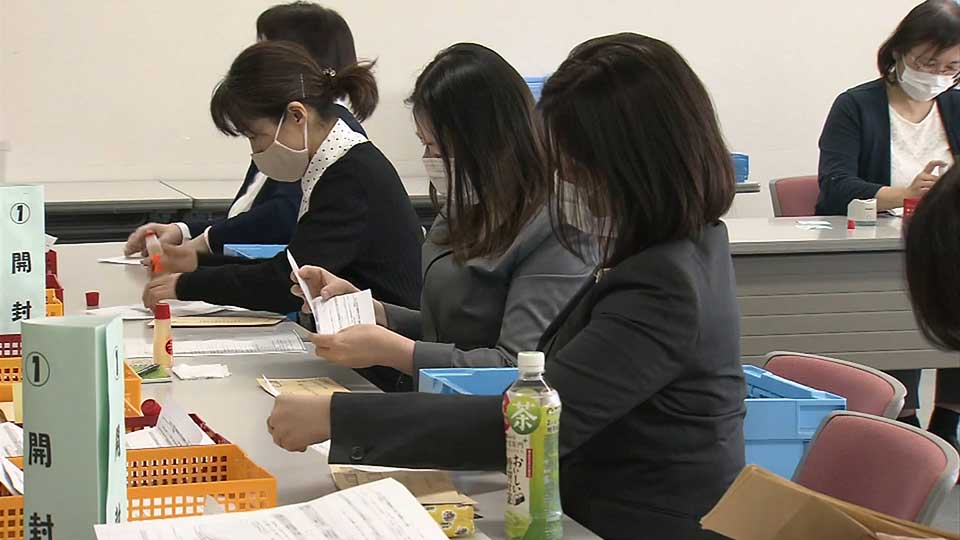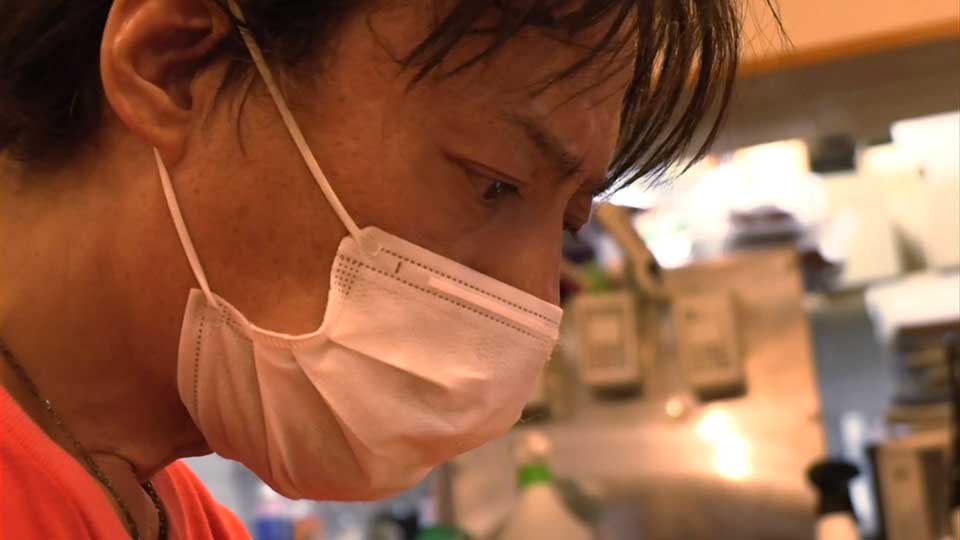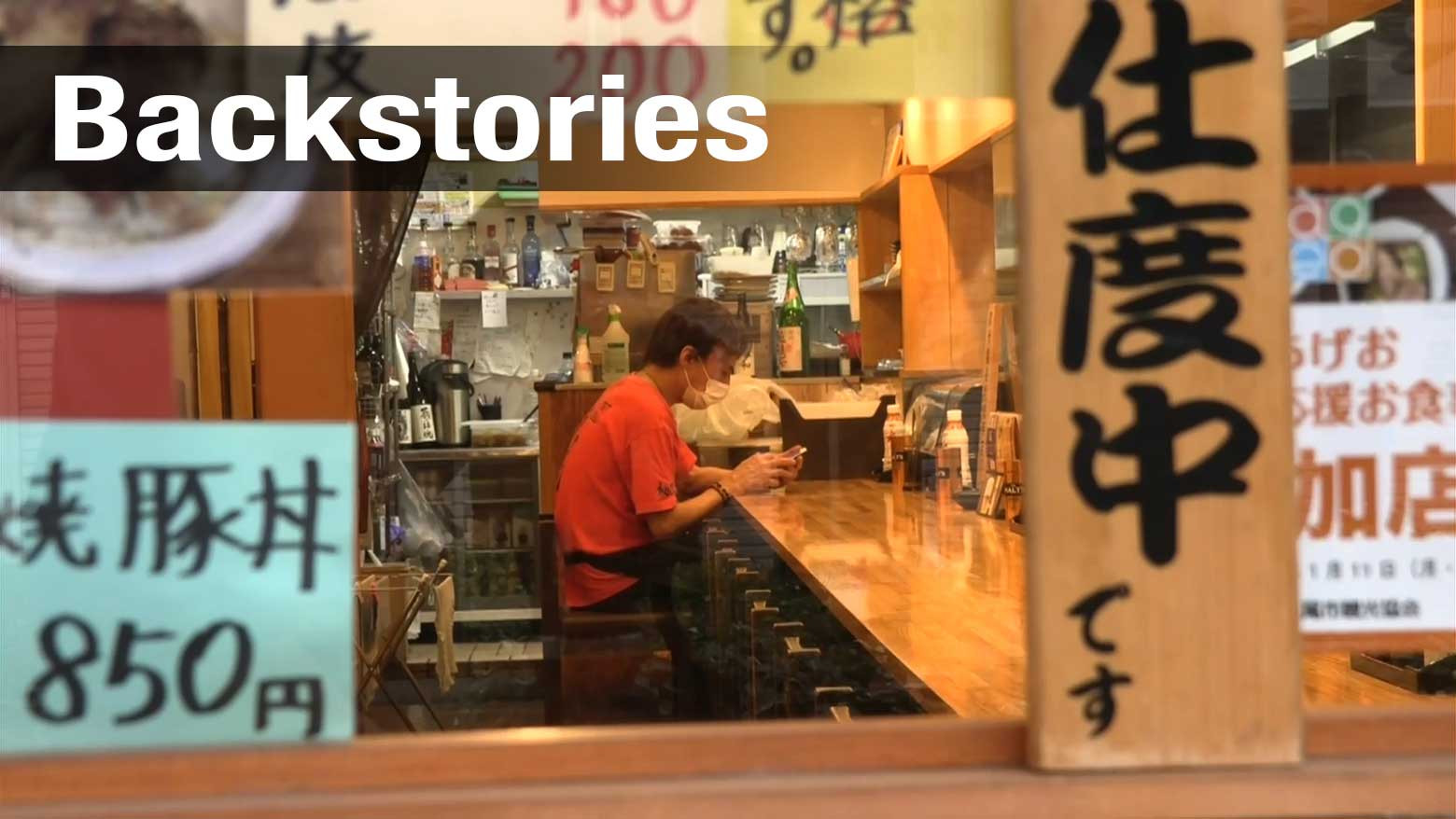The first supplementary budget, enacted in late April, includes a blanket cash handout of 100,000 yen, or about $930, to every resident. However, over a month later, only 35.9% have actually received the money.
The payments have been particularly slow to reach residents of densely populated areas. Over 700,000 residents in Tokyo’s Ota Ward are eligible. So far, only 6% have received the checks.
Officials say the process has been slowed down by incomplete applications. They say many forms are mailed without sufficient information or the required documents. The delay has been exacerbated by double applications, with some people submitting both online and mail-in forms.
“About 20 to 30% of the applications are incomplete,” says a senior government official. “We have to contact all of these people, which slows down the entire process.”

The sluggish response extends beyond the cash handouts. Sakai Yuji, the owner of a Japanese-style izakaya pub in Saitama Prefecture, applied for a small business subsidy on May 7 but has yet to receive any money.
Sakai says his sales have dropped 70 to 80% due to the outbreak. At one point, he considering giving up and closing. To make up for the decline in business, he has started selling takeout bento boxes. But even with this, he says it has been difficult to pay rent.
That’s why he applied to the subsidy program, which offers up to 2 million yen, or about $1,860, to small- and medium-sized companies affected by the coronavirus. He was told it would take about two weeks for his application to be screened and the payment to be processed. But after the time had passed, instead of a check he received a notice saying he had filed his paperwork incorrectly. After making corrections and resubmitting his form, he called a number to make sure the problem was sorted out, but the line was busy. He has been unable to get through since.
“I’ve been waiting and waiting, but to no avail,” says Sakai. “I want to know why some people get the money quickly and others don’t. Everything is unclear.”

The economy ministry says about 40% of applications for the subsidy program have been flawed, and that many applicants have not responded to follow up emails requesting clarification. For its part, the ministry is setting up a team dedicated to assisting residents with the application process.
“Japan has been slow in turning digital,” said Nishimura Yasutoshi, the minister in charge of the national coronavirus response, stressing the need for the government to digitize its administrative apparatus. “We have to make it possible for people to apply online. Create a one-stop shop where people can complete the procedure.”

